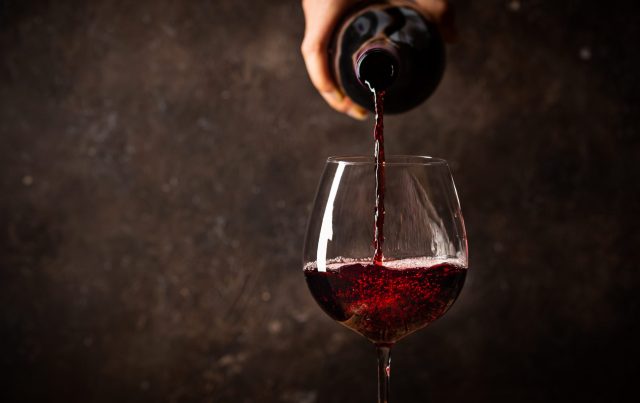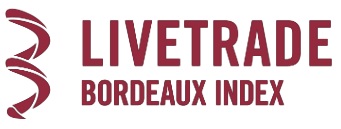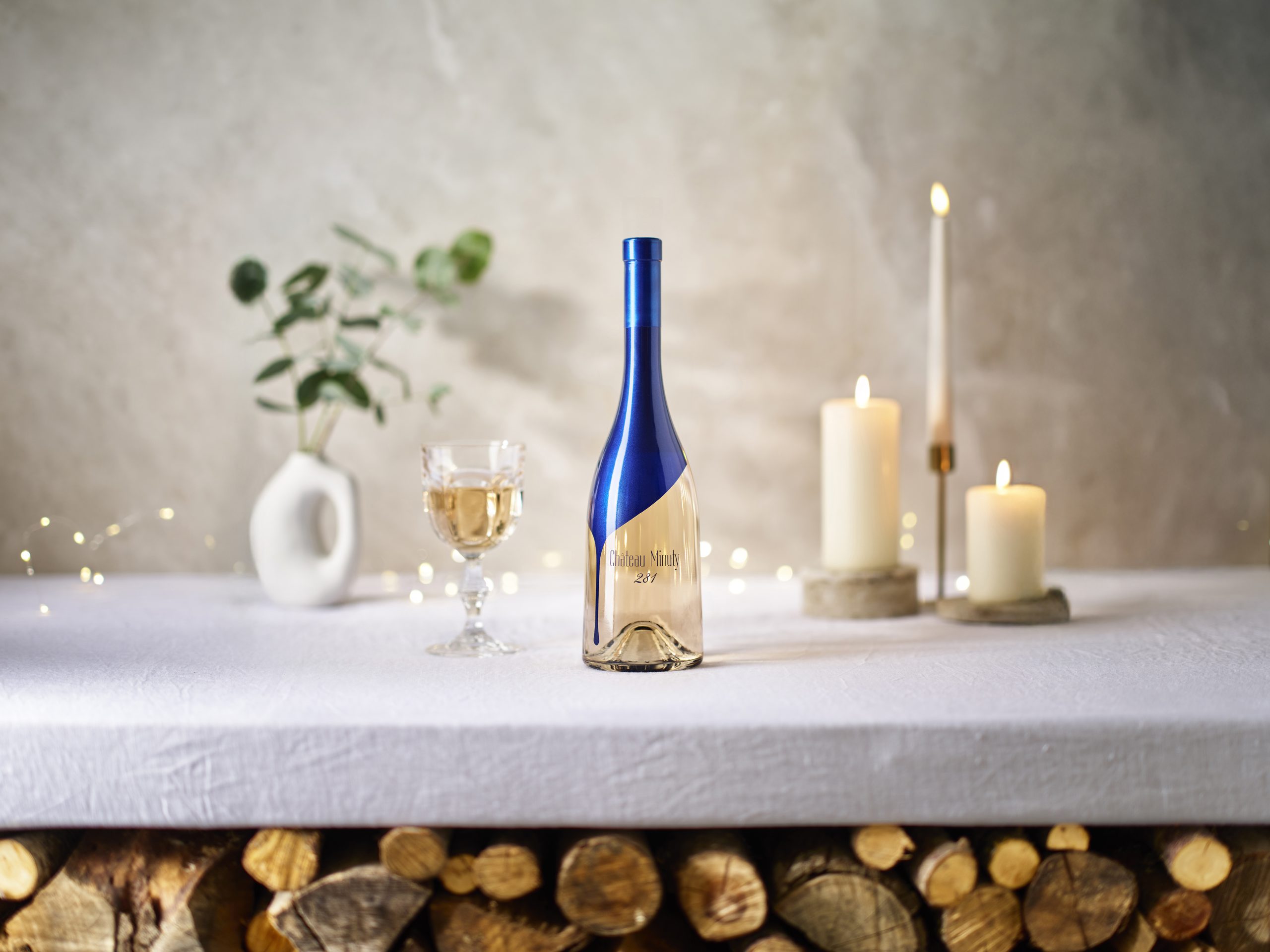The challenging Bordeaux 2013 ten years on
Bordeaux Index’s senior wine buyer Robert Mathias talks through the 2013 Bordeaux vintage ten years on, finding some wines that defied the incredibly challenging growing conditions.

At its recent annual 10 Years On Tasting for the finest wines from the 2013 vintage, Bordeaux Index reappraised the 2013 vintage – an exercise that offers the chance to look back at the vintage, the experience and the impact of time on the vintage and how the wines may have benefited.
“We would normally expect the top wines from Bordeaux to be coming into their stride at this point, so it is always an interesting exercise to reassess how these wines are developing in bottle,” Mathias said, noting that “with so many high-quality vintages available from Bordeaux these days, the 2013s perhaps sit outside of the style that many drinkers have become used to”.
So how does the 2013 compare to more ‘solar’ vintages?
According to Mathias, the richer and more robust style of wines that we have seen with more ‘solar’ vintages from 2015 “perhaps makes us forget some of the leaner, lighter style of wines of the past”.
“These famous, sunny, recent vintages are very easy to drink with ripe fleshy fruits, well-clothed tannins and an approachability even in their youth – against the backdrop of these vintages, the 2013 come across quite awkwardly,” he noted. “Sometimes with tangy acidity, sometimes with blocky, granular tannins, sometimes with savoury petrichor notes; fundamentally there was a different mindset among growers in a vintage like 2013,” Mathias explains.
Growing conditions
The 2013 vintage was “an exhausting and persistent battle” against challenging growing conditions – “a vintage for vigilance, struggle, and effort”, he explained, with a cold, wet start followed by extreme heat.
The season started late, due to a very cold and wet winter with a lot of rainfall in January delaying bud break and shoot growth. April started out wet but warmed up a little towards the end of the month, while May was extremely wet – recording 22 days of rain. This meant that flowering was very mixed and happened about two weeks behind the average year. Then, on the 8 June, a torrential storm hit Bordeaux, which resulting in an “unrelenting effort” on the part of growers to limit the threat of rot, while praying for warmer weather.
The warmer weather eventually came in July – an extremely hot month which pleased many growers for a short time, although the earlier rains meant that there was so much moisture in the soil there was further threat of mildew. A torrential storm on 26 July brought down trees and flooding vineyards, only to be followed by a large hailstorm a few days later, which struck different parts of Bordeaux. From mid-August to early September the weather was warm again, until a final storm at the end of September.
As a result of the threat of rot, in most instances the Merlot harvest had to take place a little earlier than expected, but a slightly warmer start to October gave Cabernet more time to ripen.
Overall, it was “an exhausting vintage for growers from start to finish” Mathias concludes. “Such a cool vintage did mean that it was a very promising vintage for white wines and sweet wines in particular. The cooler weather meant the whites kept great freshness and botrytis could develop in the damp and humid conditions for the sweet wines.”
However, at the 10 year on tasting, it was just the red wines that were tasted and reviewed.
Partner Content
How the 2013s tasted
“Across the board the 2013 reds, are lighter-bodied wines with a lot of variation in quality and style from estate to estate,” Mathias notes – a situation in which “it comes down to the importance of winemaking in a vintage full of difficult decisions.”
“There was clearly a battle fought by each estate to make the best of what they could,” he says – yet there are few wines “that might surprise” especially in the context of the vintage.
Mathias argued that while a number of wines are now towards the end or at the end of their drinking windows, there are a handful “that show compelling energy and plenty of life”.
“I found that some of the best examples from this vintage did have a sapidity and salinity of tannin, which made for interesting tasting,” he noted, with Lafleur, Latour, Montrose, Lynch-Bages “all making respectable efforts for the vintage”.
“They were wines that did not try to overreach the capacity of the vintage, with a restrained and more savoury fruit profile,” he noted, although at the other end of the spectrum there were of course wines that were “rather dilute, earthy or showed some balsamic notes”.
He concluded that the 2013 as a vintage “sits rather awkwardly in the proud line up of more solar and robust vintages of recent years”. This is partly because of the clearly more challenging vintage conditions and resulting wines, “but also perhaps because expectations around what Bordeaux tastes like these days has also changed,” he said.
 Buy, sell and trade the world’s top fine wine and whisky at the click of a button
Buy, sell and trade the world’s top fine wine and whisky at the click of a button
LiveTrade is Bordeaux Index’s multi award-winning online trading platform.
Open to all market participants on the same terms and offering full supporting logistics capabilities, any top wine or whisky with guaranteed condition can be added to the platform.
Transparent, intuitive and constantly updated, LiveTrade offers a competitive price and the ability to sell instantly, revolutionising the world of fine wine and whisky trading.
Overhauling deep-rooted market limitations, LiveTrade has an unprecedented portfolio management system that allows users to upload their portfolios, understand the value in real time and trade directly from one platform, regardless of where their assets are professionally stored across UK and Europe.
Related news
Castel Group leadership coup escalates
For the twelfth day of Christmas...
Zuccardi Valle de Uco: textured, unique and revolutionary wines




